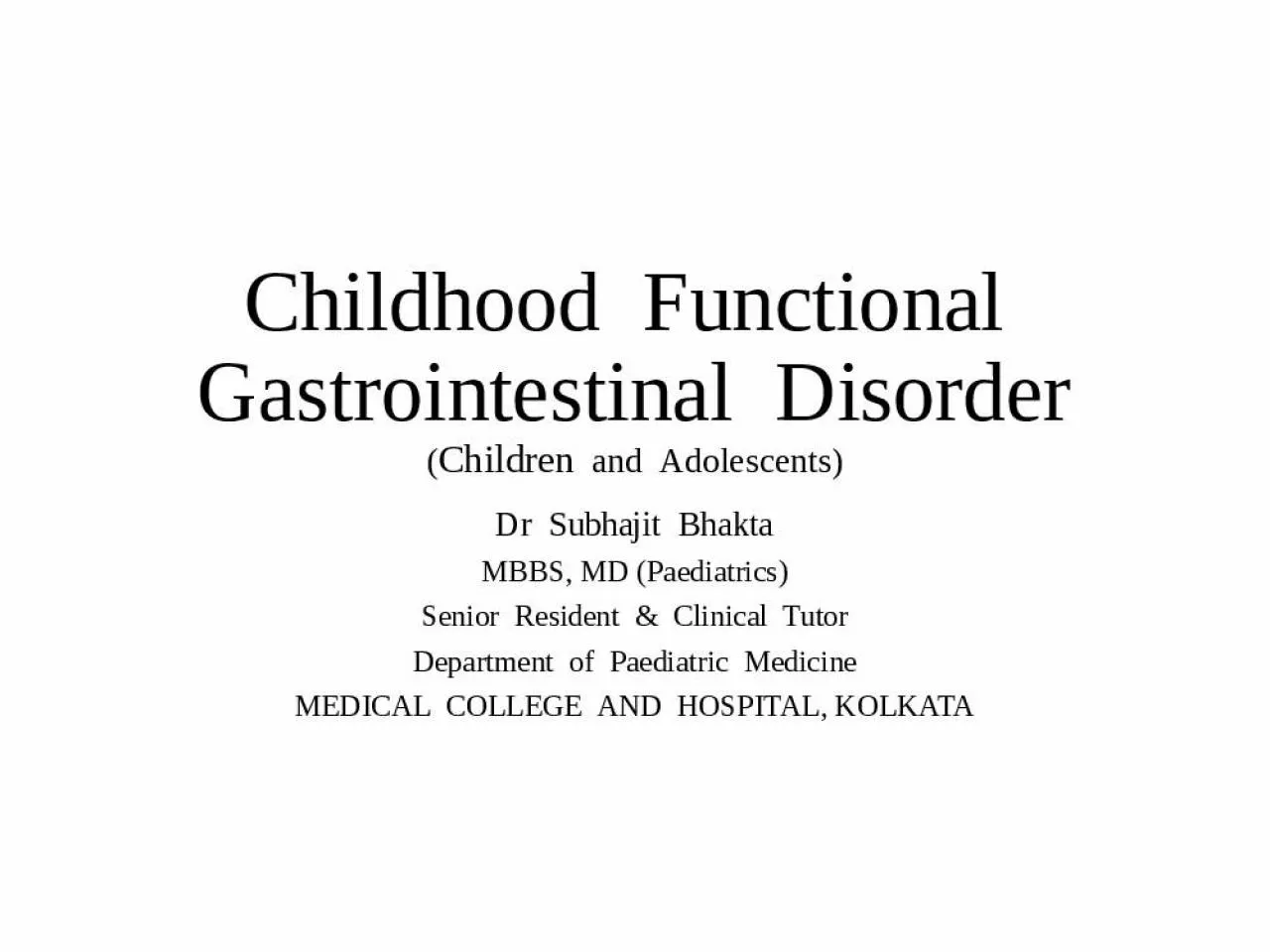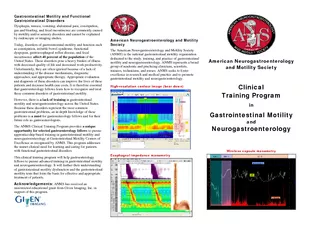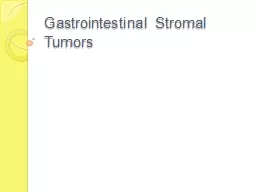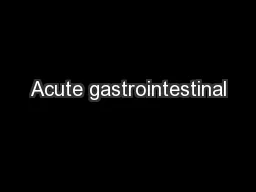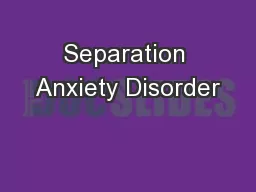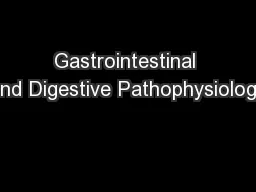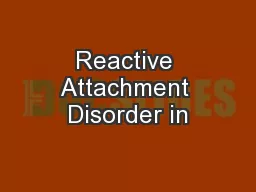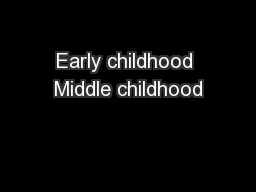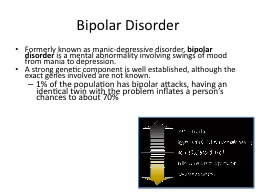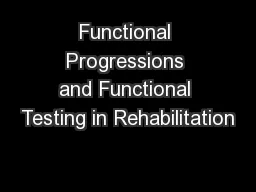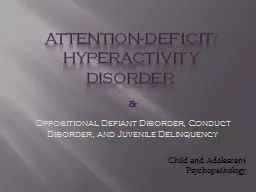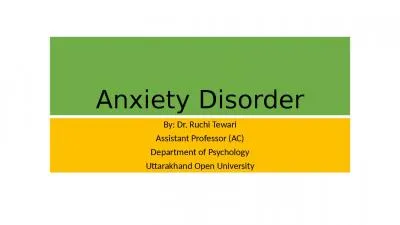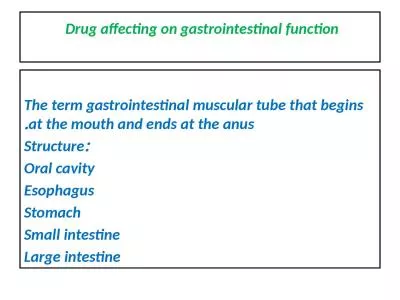PPT-Childhood Functional Gastrointestinal Disorder
Author : abigail | Published Date : 2022-05-18
Children and Adolescents Dr Subhajit Bhakta MBBS MD Paediatrics Senior Resident amp Clinical Tutor Department of Paediatric Medicine MEDICAL COLLEGE AND HOSPITAL
Presentation Embed Code
Download Presentation
Download Presentation The PPT/PDF document "Childhood Functional Gastrointestinal ..." is the property of its rightful owner. Permission is granted to download and print the materials on this website for personal, non-commercial use only, and to display it on your personal computer provided you do not modify the materials and that you retain all copyright notices contained in the materials. By downloading content from our website, you accept the terms of this agreement.
Childhood Functional Gastrointestinal Disorder: Transcript
Download Rules Of Document
"Childhood Functional Gastrointestinal Disorder"The content belongs to its owner. You may download and print it for personal use, without modification, and keep all copyright notices. By downloading, you agree to these terms.
Related Documents

